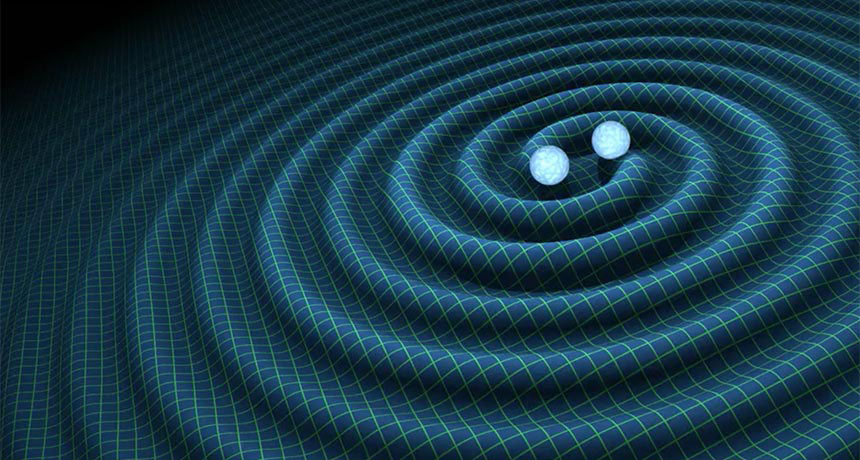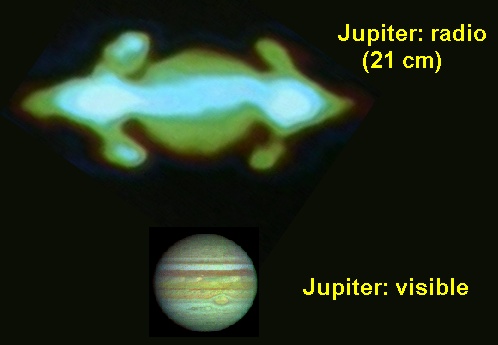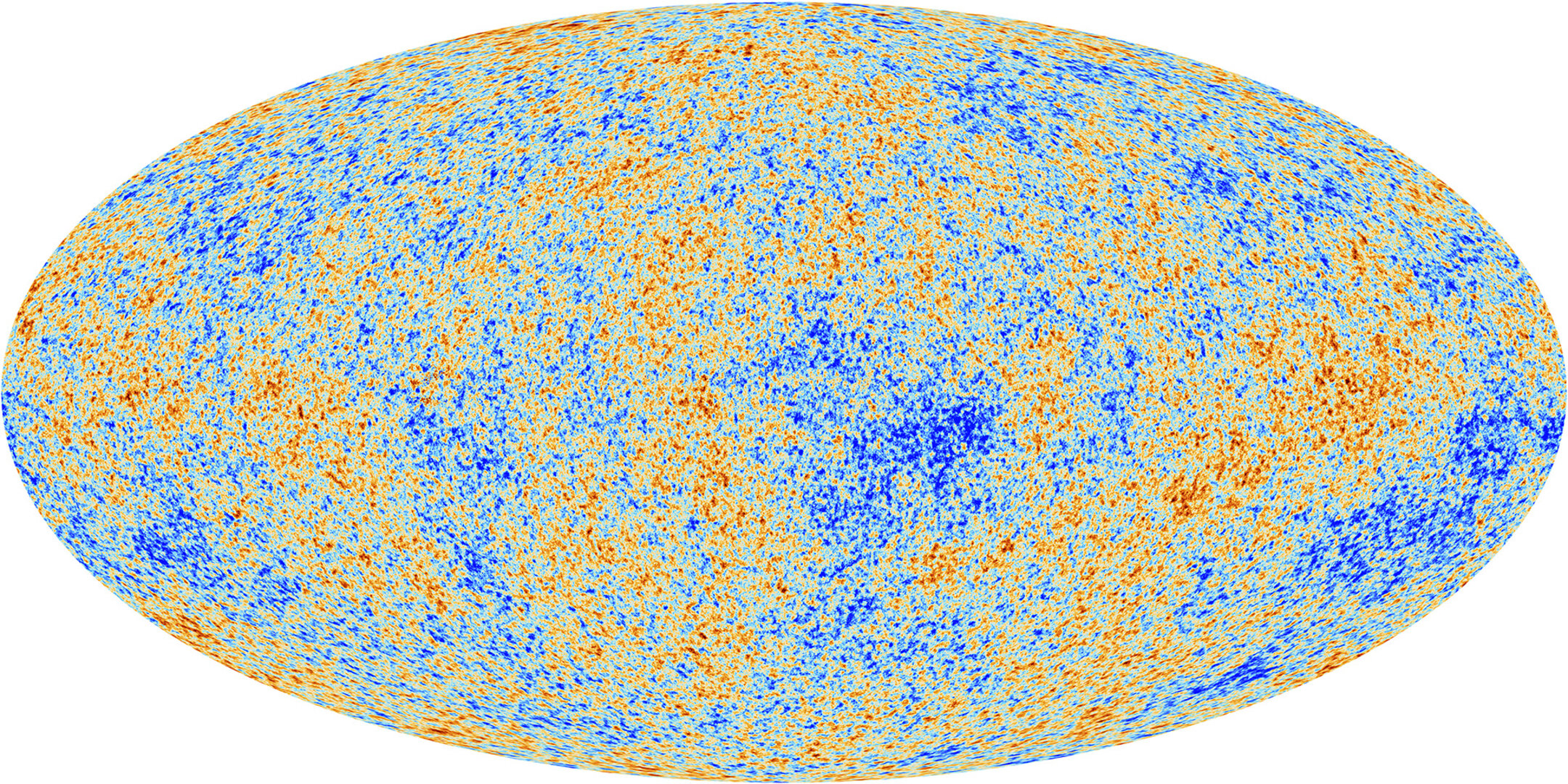
Introduction
Before talking about dark energy, we need to talk about gravitational waves.
In his theory of General Relativity, Albert Einstein predicted the existence of gravitational waves. Since then, astronomers have recognized the usefulness it provides for humanity to understand the universe in new ways. Much like what radio astronomy did in the 1930s.
With radio waves, astronomers were able to see celestial objects with much greater detail and discover new things about them. In the past such things were not possible in visible light.

The same happened when astronomers started using Infrared, ultraviolet, x-rays and gamma rays to see the universe. So with the discovery of gravitational waves on 11 February 2016, there is now a new way of uncovering the mysteries of the universe.
One of those mysteries is what is dark energy.
A brief history of dark energy
The concept of dark energy was first proposed by Albert Einstein in 1917 to allow his theory of General Relativity to predict a static universe that exists indefinitely. In other words, a universe that did not expand or shrink. Einstein called this concept the cosmological constant.
The cosmological constant is a repulsive force by space itself. A force that has constant strength no matter where you look in space. This force would act as a counter to the pull of gravity. With this force, a universe that is not expanding could be stable and would thus exist forever.
Einstein later abandoned the cosmological constant in 1931 when he found out the universe was expanding. An expanding universe hinted that it did not exist forever in the past. Thus doing away with the need for Einstein’s cosmological constant.
For most of the late 20th century, many physicist did not feel the need to introduce any concepts similar the that of Einstein’s.
However in 1998, a team of astronomers known as the High-Z Supernova Search Team looked at supernovas produced by white dwarfs (type Ia supernovas) in distant galaxies and discover that the universe’s expansion rate was increasing.
At that point many physicists turned to Einstein’s cosmological constant idea and retooled it to explain this new discovery. Instead of a repulsive force countering the force of gravity, it becomes the force that causes the universe’s expansion rate to increase.
Dark energy not a constant after all
In 2016, astronomers studied the cosmic microwave background (CMB) radiation map produced by the Planck satellite. They where able to get the Hubble constant from studying the features of the CMB map. In doing so, they got a value significantly lower than what previous methods got.

The most popular explanation is that past methods for getting the Hubble constant were flawed. For example, there is now growing evidence that type Ia supernovas are not completely reliable for measuring distances.
However, some astronomers have suggested that this difference could be caused by dynamic dark energy. In other words, dark energy is not constant after all but rather changes with time or is different in different places.
A new way to study dark energy
Recently, a team of cosmologists led by Alice Garoffolo from Leiden University have proposed a method to find out if dark energy is dynamic using gravitational waves.
According to them, fluctuations in dark energy can change the way gravitational waves propagate through space. This can even make the distance traveled by the gravitational waves different from the one by light. The result is changes to the apparent intensity of the gravitational waves.
By looking at the light coming from the same gravitational wave source, Garoffolo’s team says we can detect and even measure such changes.
Garoffolo’s team said that looking at distance supernova would allow us to see this effect. This is because such events produce both light and gravitational waves. Type Ia supernovas that are due to binary white dwarfs colliding will be very useful for this. They have predictable brightness and will generate gravitational waves just before they collide.
Such a method may allow us to find structures made of dark energy (if they exist). It may even tell us what the nature of dark energy is. This is something previous research methods have failed to do as they only observed the effects of dark energy and not dark energy itself.
According to Garoffolo’s team, another advantage of this method is that it produces results that cannot be caused by other phenomenon. However, they also stated that it can only work if dark energy does not interact with matter in any way other than through gravity.
Another problem with this method is that it requires a very large sample of supernova observations to work. However, Garoffolo and her team say that more precise observations in the future could reduce the amount needed. More powerful gravitational wave detectors in space like LISA could make such observations possible.
Implications
Dark energy affects many important aspects of the universe. The possibility that it is dynamic and not constant has huge implications.
One of which is Hubble’s Law and the Hubble constant that we discussed earlier. Such a law would not be a linear relation anymore and would have to be dependent on the strength of dark energy in a given time and space.
Another big implication is that this may put modified gravity theories to the test. According to these modified gravity theories (more commonly known as Modified Newtonian Dynamics), gravity behaves differently at inter-galactic scales. The phenomenon of dark matter and dark energy may simply just be the result of this difference in behavior.
Finally, this will make the future of the universe unclear. If dark energy is not constant throughout all of space, different parts of the universe will have very different fates. On the other hand, if dark energy changes with time, we will not know whether the universe will continue expanding forever, rip apart if dark energy’s strength increase, or collapse if dark energy becomes an attracting force.
Conclusion
As the capability to detect and study gravitational waves increase, humanity will be able to explore more aspects of the universe than ever before. Some of these aspects will fundamentally change the way we look at the universe as a whole. This appears to be the case with dark energy as it affects some of the important laws we use to understand the universe like the Hubble constant.
References
https://arxiv.org/abs/2007.13722
https://www.nature.com/articles/s41550-017-0216-z
https://cosmosmagazine.com/space/supernova-standard-candles-not-so-standard-after-all/